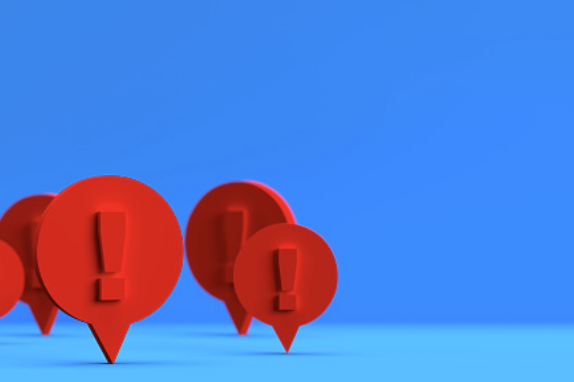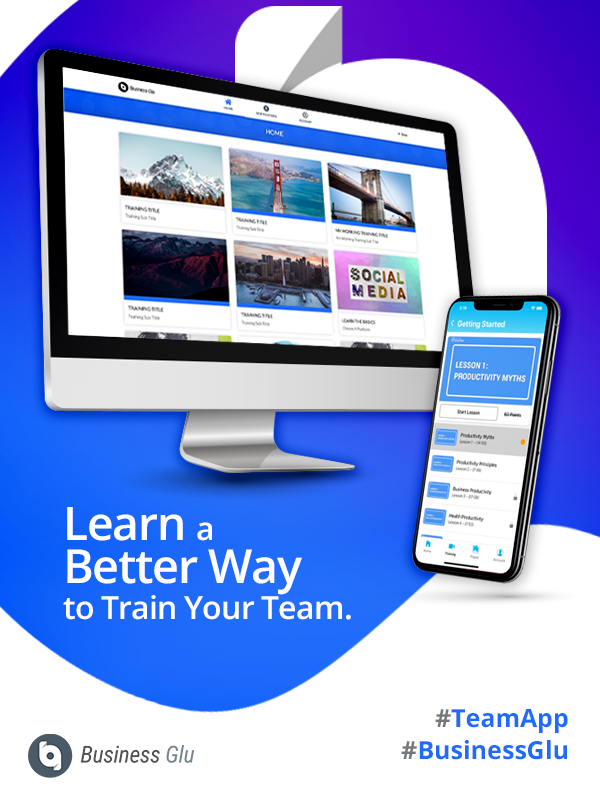Sending pushes is a relatively new way businesses have to reach out. Quite a few people are unfamiliar with the ins and outs of pushes, so let’s take on the role of a journalist in order to learn about pushes. Traditionally, newspaper correspondents used five questions – the 5W’s – to dig into a topic: Who, What, Where, When, and Why. Let’s see how what journalists would learn about pushes using these five questions. In that way, we’ll use the 5W’s to take a closer look at how the answer to each question could play a part in building your business.
The 1st W – WHO?
When journalists start their research, the first of the 5W’s is perhaps the most important question to answer in order to learn about pushes: WHO receives them? These folks have said yes to receiving updates, announcements, and reminders. They are new or returning customers, the ones who will boost your business and keep it going.
The trick to WHO is to keep them in the active mode. Learn as much as you can about who they are and what they have in common with you, so they will retain that connection between your app and their smart device.
So, fill in the blanks to make this W work best for you. Who are your customers or clients? What do they want? Why did they sign up? What interests them about the product or service you are offering? What else might they need or want to know? Crafting your pushes to align with their needs and interests will keep this WHO from changing to WHOA.
The 2nd W – WHAT?
In order to learn about pushes, perhaps journalists should really ask this question first! A push notification is an alert that displays randomly on someone’s smart device. This pop-up will notify the receiver of a message, an update, a social media post, an offer, an announcement – basically anything to grab someone’s attention. Long ago, salesmen went door-to-door pitching a product or service in an exhaustive and time-intensive trek around the neighborhood. Now that “sales pitch” can be made to many in a matter of cyber seconds.
These messages should be short – easily read with a glance. Also, consider the screen size since those seem to be getting smaller and smaller with newer devices. The most important part of the message needs to be at the beginning, just in case the receiver has either no time or no inclination to scroll down to read the rest. Make the message clever or intriguing or essential: you want the receiver to do something more than just read it. The goal is to turn their reaction into an action, an interactive response to your message.
The 3rd W – WHERE?
What can journalists learn about pushes when answering this question? The beauty of this means of communication with those in your market is that your push will be seen as an alert on their smartphones. The good news is that most Americans now have and use a cellphone with over 265 million users in this country alone. Studies show that people look at their phones nearly 100 times a day, racking up 5 to 6 hours of daily screen time. Email messages are not as often read as text messages. Less is better, so it seems. The shorter length of a push delivers better results than a longer email. Marketers have taken full advantage of this, so the average Joe gets nearly 50 push notifications a day.
People are never very far from their cell phones, so that’s the best place to reach them. When they are in the middle of doing something else, if they hear that tell-tale sign of the delivery of a message, most of them cannot resist looking. Perhaps it’s because of this, that a strategic campaign can lead to a click rate as high as 30%. It’s hard to beat those odds.
The 4th W – WHEN?
When a journalist looks at pushes, one thing becomes obvious: timing is essential. You’ll want to send pushes when the click rate is at the highest. Some studies indicate that more people are click-happy late in the afternoon, whereas others are more specific saying that 12 to 1 PM and 7 to 8 PM are the best times. The truth is that it depends on the industry. Some news apps send out 3 and 4 pushes a day, depending on what’s going on in our world. Consider time zones when you are planning your response to this 4th W. When one person’s phone says 4 PM, it’s 7 PM somewhere else.
The day you send out a push matters, too, with Wednesdays and weekends being when more people are inclined to click on a link. Here’s something else that you might not have considered about this 4th W: more people subscribe to an app in July and December. To sum up the question of when, Benjamin Franklin was right when he stated that time is money. Make time work well for you to see your business grow.
The 5th W – WHY?
There’s a whole list of responses to this question when a journalist looks at pushes and asks why. Push notifications can get someone’s attention. These well-manicured messages keep your app users engaged, connecting with them and boosting communication. Also, there’s solid proof that your push might make a difference by retaining existing users and boosting the interest of those who have been dormant.
The statistics answer this question: click rates! For instance, if you reach out to a new subscriber to your app within that first week, that message can lead to a 70% retention rate during the first few months. Your pushes keep you in touch with your prospects regardless of time or distance. You can tell them things that will matter to them – like updates or urgent news or discounts or the release of new products. A push is the 21st century way of touching base, of staying connected, of reaching out. By adding an emoji or rich media, a personalized message, or a call to action, you will build your business through meaningful and timely connections.
And what about HOW?
It’s easier than you might think. You can actually create an app to promote your products or services. By having your own mobile app, you can learn a better way of delivering training and messages with your team. You can add and deliver content 24/7 to your prospects and to your team.
A dictionary will tell you that glue is an adhesive substance to stick materials together. Our customers will tell you that Business Glu is an adhesive technology to keep a team together and to add prospects to the mix. Want to attract visitors, generate leads, and convert sales? Business Glu develops the marketing software to do just that. Ask for a demo, and we’ll show you how.


